In the vast realm of hairstyles, each culture brings its own unique touch, and the African diaspora, especially within the Caribbean and Florida regions, is no exception. Among the myriad of styles, one that stands out both in terms of its appearance and cultural significance is “wicks hair” or simply “wicks.”
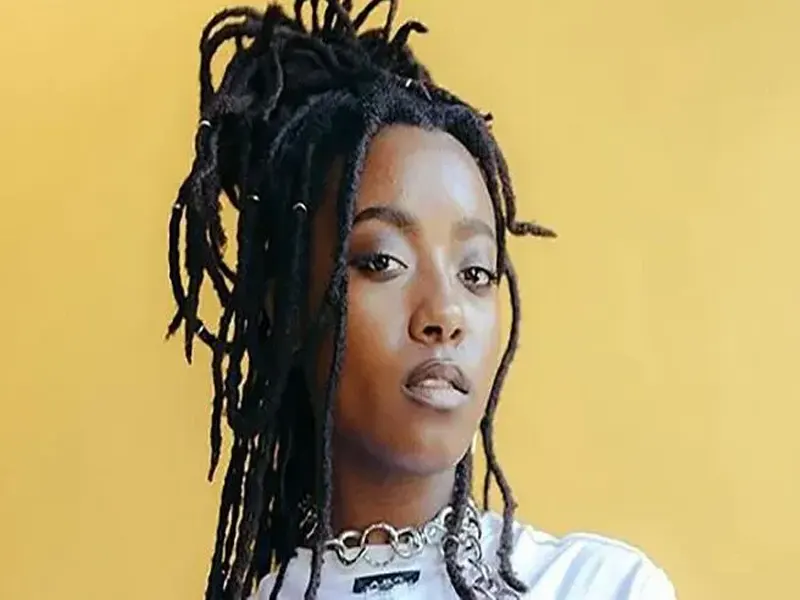
What Are Wicks?
Wicks are a type of hairstyle that originates primarily from the Caribbean and South Florida regions. They resemble thick dreadlocks but are unique in their formation and presentation.
Origins and Cultural Significance:
The wicks hairstyle is deeply rooted in the African diasporic communities, especially in regions of the Caribbean and areas like South Florida. This hairstyle isn’t just about aesthetics; it’s a statement of identity, culture, and sometimes even resistance. It serves as a way to connect with one’s heritage and express individuality.
Characteristics of Wicks Hair:
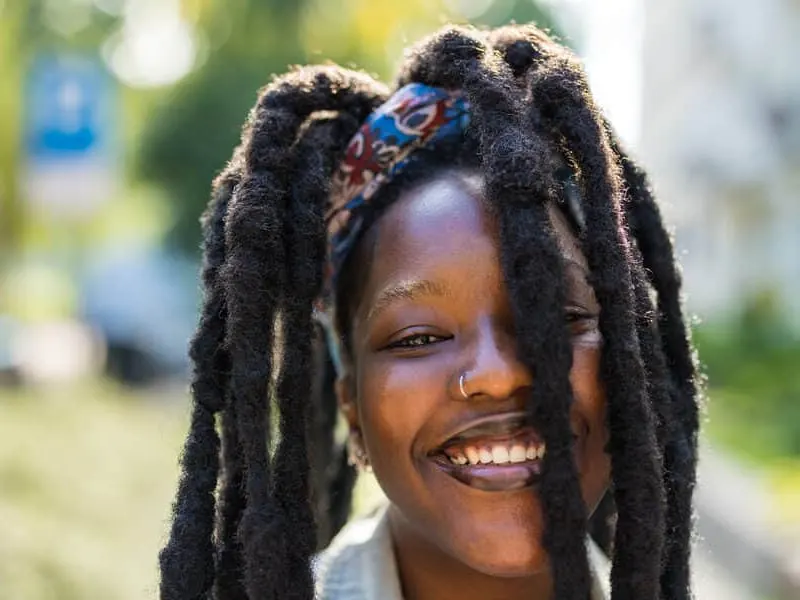
- Thickness: Unlike traditional dreadlocks which can be thin or pencil-sized, wicks are characterized by their chunky, thick appearance.
- Natural: Wicks, in their most traditional form, are grown and maintained without the addition of hair extensions. They are the result of matting and combining smaller locks or sections of hair.
- Size and Shape: The primary distinguishing feature of wicks is their thickness. While traditional dreadlocks can be thin or of medium thickness, wicks are notably chunky and substantial.
- Natural Formation: Wicks are typically formed without the use of extensions, making them purely natural. They emerge from matting and combining smaller sections of hair or existing smaller dreadlocks.
- Maintenance: While they can be relatively low maintenance once formed, the process to start and combine hair into wicks requires a commitment.
How to Form Wicks:
- Starting with Sections: If you’re starting from scratch, begin by sectioning hair into large squares or rectangles. The bigger the section, the thicker the resulting wick.
- Twisting and Binding: Each section is then backcombed or twisted and subsequently bound to encourage matting and locking. Over time, these sections merge and mature into thick wicks.
- Maintaining Shape: As the wicks grow, it’s essential to palm roll them periodically to maintain their shape and promote even growth.
Popularity and Influence:
In recent years, the wicks hairstyle has seen a surge in popularity, thanks to its adoption by various celebrities, especially from the rap and hip-hop communities in South Florida. As with many other culturally significant hairstyles, wicks have crossed over to mainstream fashion, while still retaining their deep-rooted significance for many.
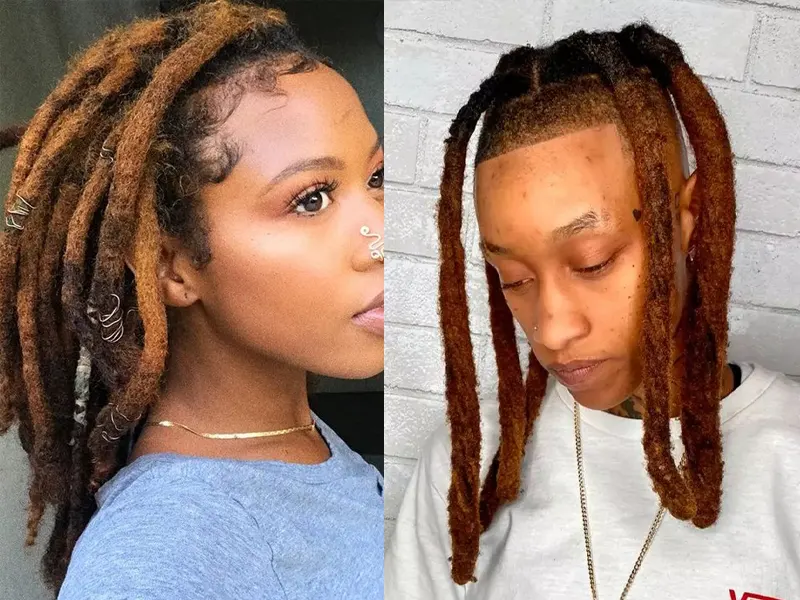
Starting Wick Dreads: A Comprehensive Guide
The distinctive wick dreads, predominantly popular in the South Florida region, offer a bolder, thicker version of traditional dreadlocks. If you’re considering starting wick dreads, here’s a step-by-step guide to get you going:
Materials Needed:
- Rat-tail comb (for precise parting)
- Hair clips (for sectioning hair)
- Residue-free shampoo
- Towel
- Natural hair wax or gel (optional for assistance in forming)
Preparation:
- Healthy Hair Start: Before diving into creating wick dreads, ensure your hair is healthy. If you have damaged ends or excessive dryness, consider getting a trim or deeply conditioning your hair before proceeding.
- Washing: Cleanse your hair using a residue-free shampoo. This ensures no leftover products can interfere with the locking process. Avoid using conditioners, as they can make hair too slippery.
Steps to Start Wick Dreads:
- Sectioning the Hair:
- Decide on the size of your wicks. Remember, wicks are generally larger and thicker than traditional dreadlocks.
- Using the rat-tail comb, begin parting your hair into sections. Square or rectangular sections are standard. The size of each section will determine the thickness of each wick. Use hair clips to hold these sections apart.
- Backcombing:
- Start with one section, holding the end and combing backward towards the scalp. This creates volume and a matted texture, forming the base of your wick.
- Compact the backcombed hair between your fingers, moving upwards from tip to root.
- Twisting (optional):
- If you prefer a tighter start, post backcombing, you can apply a small amount of natural hair wax or gel to the section. Twist the matted hair into a more defined shape.
- Repeat:
- Continue the backcombing (and optional twisting) process for each sectioned part of your hair until all sections are transformed into the beginnings of wick dreads.
- Natural Matting:
- Once all sections are backcombed and formed, the real process of dreading begins as your hair starts to grow and naturally mat over time. The more your hair grows, the more mature your wicks will appear.
Maintenance:
- Washing: Initially, try to limit washing your wicks to prevent them from unraveling. Once they start to mature, use a residue-free shampoo to keep them clean.
- Palm Rolling: To maintain the shape and tightness of your wicks, occasionally palm roll them, especially after washing.
- Avoid Over-Twisting: Over-twisting can lead to hair breakage or a weakened root. It’s essential to maintain a balance.
Long Wick Dreads: The Cultured and Bold Hairstyle
Wick dreads, a distinctive and culturally resonant hairstyle rooted in South Florida, have made a significant impact on the world of urban style. When grown to a considerable length, long wick dreads offer an even more captivating and dramatic look.
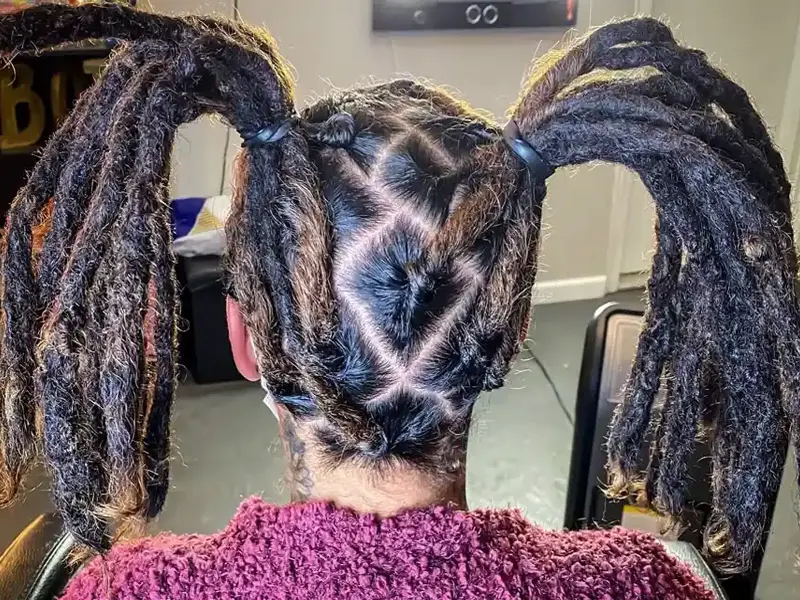
Understanding Long Wick Dreads
Wick dreads are essentially thicker versions of traditional dreadlocks. Unlike regular dreads that can range from pencil-thin to a bit chunky, wicks are considerably broad and voluminous. When these wicks are grown long, they combine the statement of their width with the majesty of length.
Features of Long Wick Dreads:
- Prominent Appearance: Their thick, long nature makes them a standout feature on anyone who wears them.
- Weight: Due to their volume and length, long wick dreads can be weightier than standard dreads. It’s crucial to ensure they’re properly maintained to avoid undue stress on the scalp.
- Styling Flexibility: Their length provides versatility in styling. They can be worn loose, tied back, or even styled into more intricate updos.
Maintaining Long Wick Dreads:
- Regular Washing: Given their volume, ensuring they’re thoroughly dried after washing is crucial to prevent mold or mildew.
- Scalp Care: The weight of long wick dreads can strain the scalp. Regular massages and moisturizing can help mitigate this.
- Retwisting: This helps maintain the shape and integrity of the wicks. However, overdoing can lead to thinning at the roots.
- Protection: When sleeping, it’s advisable to wrap the dreads in a silk or satin scarf to prevent frizz and breakage.
Styling Long Wick Dreads:
- Ponytails and Buns: Due to their length, they can be easily gathered into a high ponytail or a bun.
- Braiding: For a change, the wicks themselves can be braided, offering a layered, textured appearance.
- Accessories: From decorative beads to colorful threads, there’s a lot of room for personalizing long wick dreads.
Cultural Significance and Modern Appeal:
Long wick dreads, like their shorter counterparts, resonate with the cultural vibes of South Florida, especially the African-American communities. The style reflects individuality, freedom, and a deep connection to one’s roots. With modern influencers and hip-hop artists showcasing this hairstyle, its appeal has grown, bridging cultural heritage with contemporary urban aesthetics.
Wicks Dreads Styles: Versatile and Culturally Rich
Wicks, with their distinct thick appearance, are a signature dreadlock style primarily from the South Florida region. While their boldness is a statement on its own, there’s a variety of ways to style and personalize them, adding even more character to this already standout hairstyle.
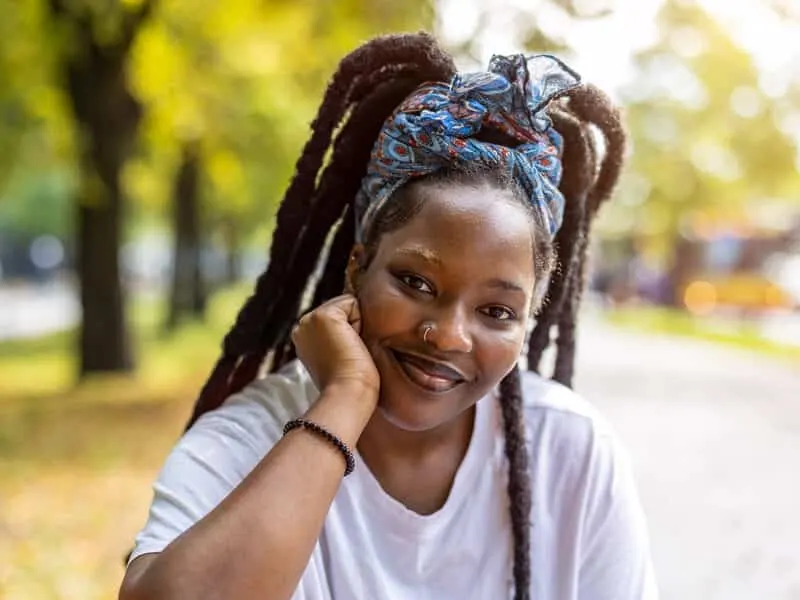
Popular Styles for Wicks Dreads:
- Loose and Free:
- The most basic way to sport wicks is to let them hang loose. Given their volume and texture, even in this simple style, they’re bound to make a statement.
- High Ponytail:
- Gathering your wicks into a high ponytail not only offers a cleaner look but also emphasizes the length and thickness of the dreads.
- Half-Up, Half-Down:
- This style involves pulling half of the wicks into a ponytail or bun at the top of the head while letting the rest hang loose. It’s a perfect blend of structure and freedom.
- Braided Wicks:
- Given their thickness, wicks offer the opportunity to be braided themselves. Whether it’s simple three-strand braids or more complex patterns, braided wicks can add another layer of texture to the look.
- Bun or Top Knot:
- Especially for those with longer wicks, twisting them into a bun or top knot can be both stylish and practical, particularly in warmer weather or during physical activities.
- Side-Swept:
- Directing all your wicks to one side can give an asymmetric and edgy look, emphasizing the volume and density of the dreads.
Accessorizing and Personalizing Wicks:
- Beads and Cuffs:
- Intersperse your wicks with decorative beads or metal cuffs. These can be color-coordinated with your outfit or chosen to contrast for a bolder statement.
- Colored Threads:
- Wrapping colored threads or yarn around individual wicks or just the tips can add a splash of color and personality.
- Extensions:
- For those seeking even more length or volume, extensions can be integrated into wicks, providing the opportunity for color contrasts or ombre effects.
Maintenance and Care:
Regardless of the style you choose, maintaining the health of your wicks and scalp is crucial. Regular washing, moisturizing the scalp, and occasional retwisting (without causing too much tension) can ensure your wicks stay in top shape.
Congo Dreads vs. Wicks: Understanding the Distinction
Both Congo dreads and wicks are natural hair styles that fall under the larger umbrella of dreadlocks, but they have unique characteristics, origins, and cultural connotations. Let’s delve into understanding the distinction between the two:
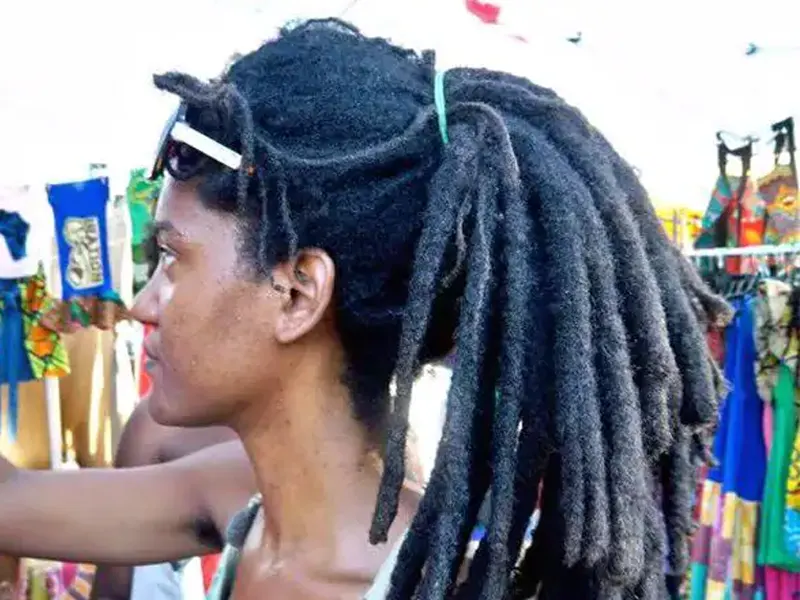
Congo Dreads:
Definition: Congo dreads are formed when two or more mature dreadlocks naturally combine and grow together to form a single thicker lock.
Characteristics:
- Natural Fusion: Typically, as dreadlocks grow and mature, neighboring locks might intertwine and eventually merge into one thicker lock. This organic process results in Congo dreads.
- Varying Thickness: The thickness of a Congo dread depends on the number of individual locks that have combined.
- Maintenance: Congo dreads can be purposefully created or prevented. By regularly separating intertwined locks at the roots during maintenance routines, one can prevent the formation of Congo dreads.
Wicks:
Definition: Wicks are a specific type of dreadlock popular in the South Florida region, characterized by their thick and chunky appearance.
Characteristics:
- Intentional Formation: Wicks are often intentionally formed to be thick from the outset, either by combining smaller sections of hair or starting with a larger section.
- Maintenance and Styling: The creation of wicks may involve techniques like the use of rubber bands to combine and maintain sections, especially in the early stages.
- Cultural Significance: Wicks carry a particular cultural resonance in the South Florida region, especially within the African American community.
Comparison:
- Origin:
- Congo Dreads: These are more universally known and can form in anyone’s dreadlocks if individual locks start growing together.
- Wicks: These have a specific cultural origin tied to South Florida.
- Intention vs. Natural Formation:
- Congo Dreads: While they can be intentionally created, many form naturally over time.
- Wicks: These are often intentionally created to be thick and have a specific appearance.
- Appearance:
- Congo Dreads: They have a more varied appearance based on how many dreads have combined and can sometimes appear more organic or uneven.
- Wicks: Generally have a more uniform, thick appearance.

 Jay Z’s Hair: More than Just a Style Statement
Jay Z’s Hair: More than Just a Style Statement 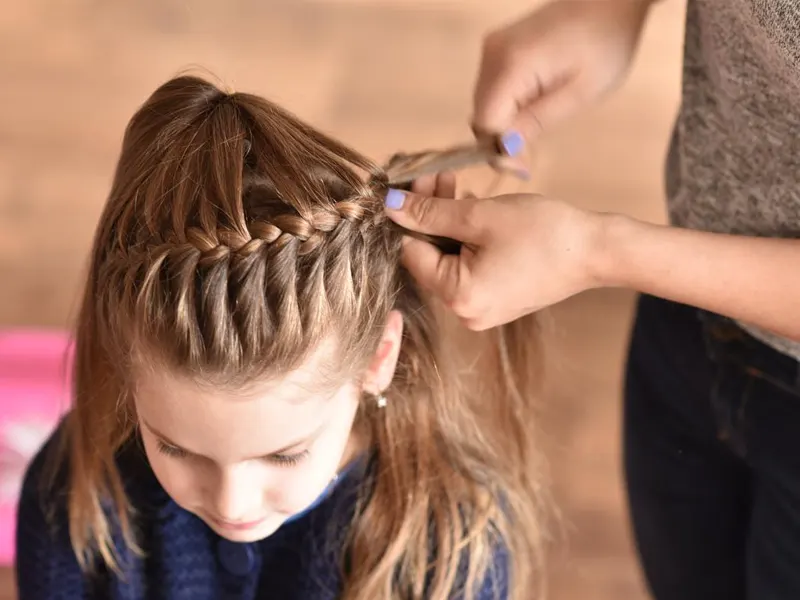 Braid Hairstyles for Kids: Cute, Comfortable, and Creative
Braid Hairstyles for Kids: Cute, Comfortable, and Creative 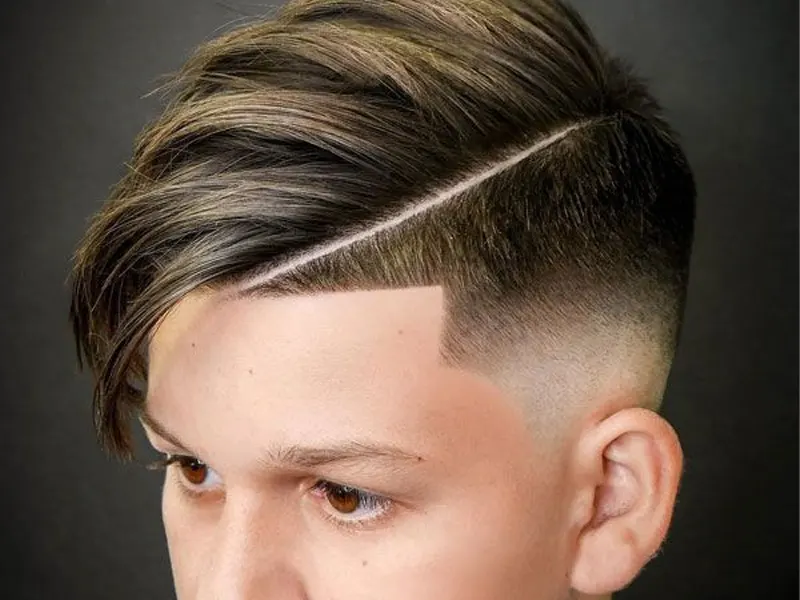 “The Nuanced World of Tapers and Fades: An In-Depth Examination”
“The Nuanced World of Tapers and Fades: An In-Depth Examination” 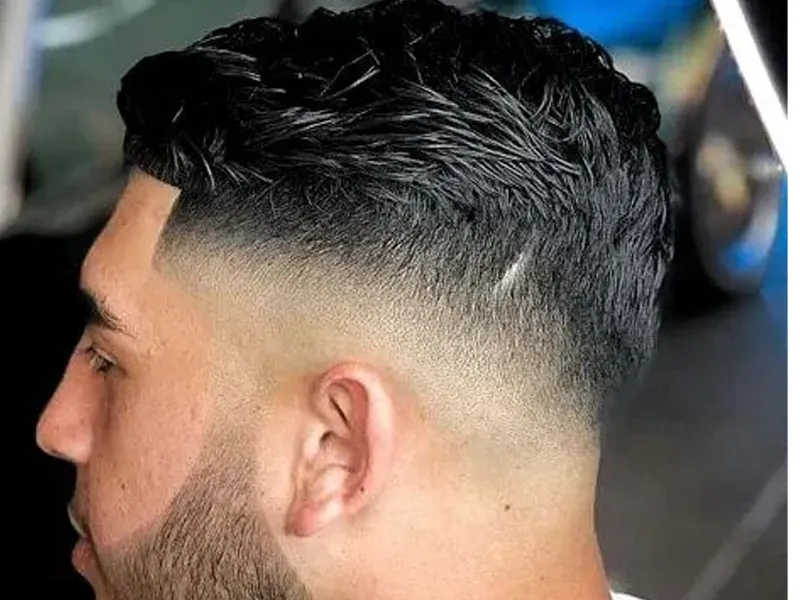 “The Drop Fade Chronicles: Modernity Meets Mastery”
“The Drop Fade Chronicles: Modernity Meets Mastery” 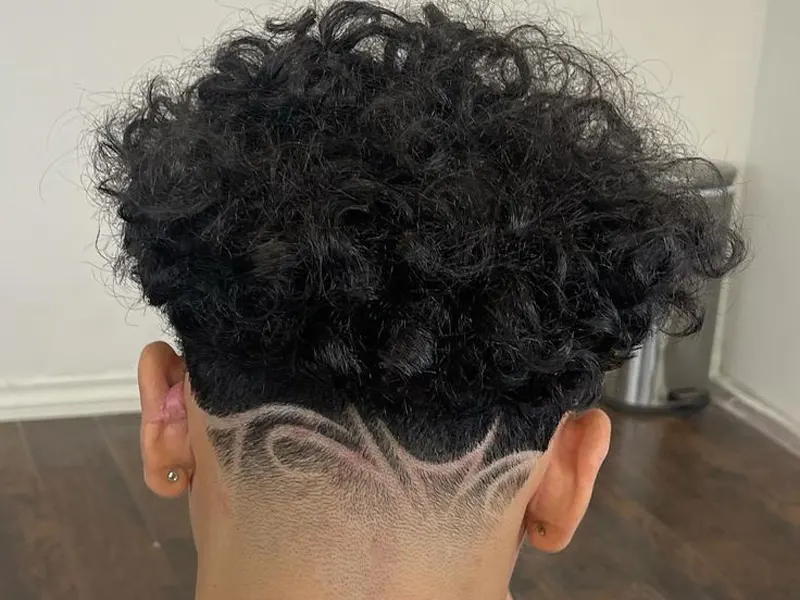 “Elevating Elegance: A Deep Dive into the Nuances of the Low Taper and Beyond”
“Elevating Elegance: A Deep Dive into the Nuances of the Low Taper and Beyond” 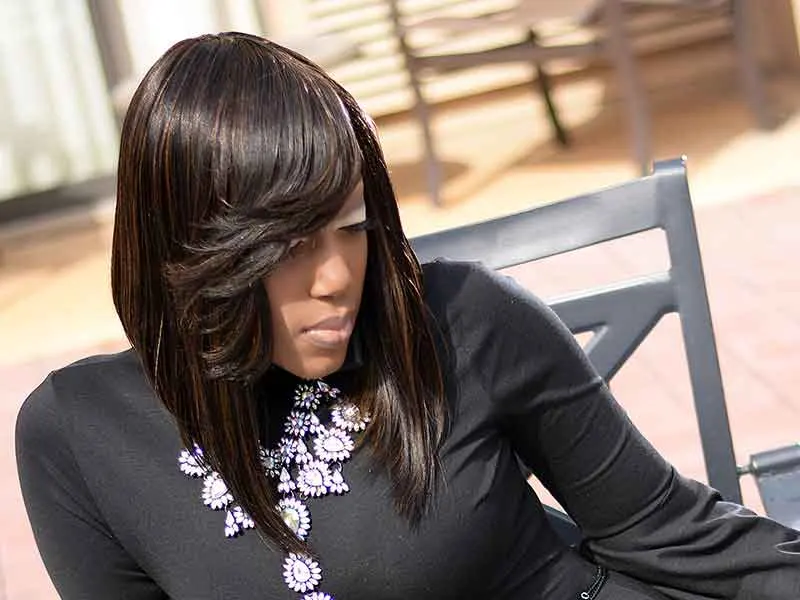 Quick Weave: Revolutionizing Hair Extensions and Styling
Quick Weave: Revolutionizing Hair Extensions and Styling 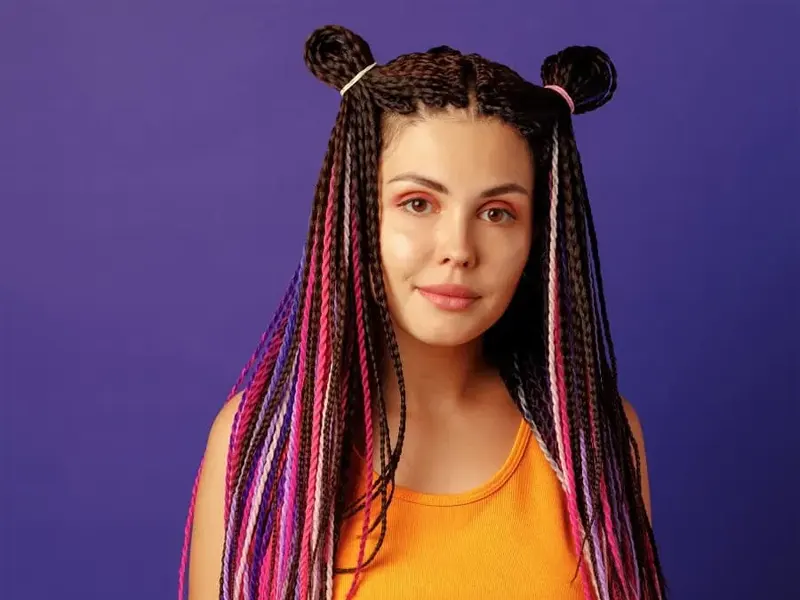 Peekaboo Braids: The Subtle Art of Hair Surprise
Peekaboo Braids: The Subtle Art of Hair Surprise 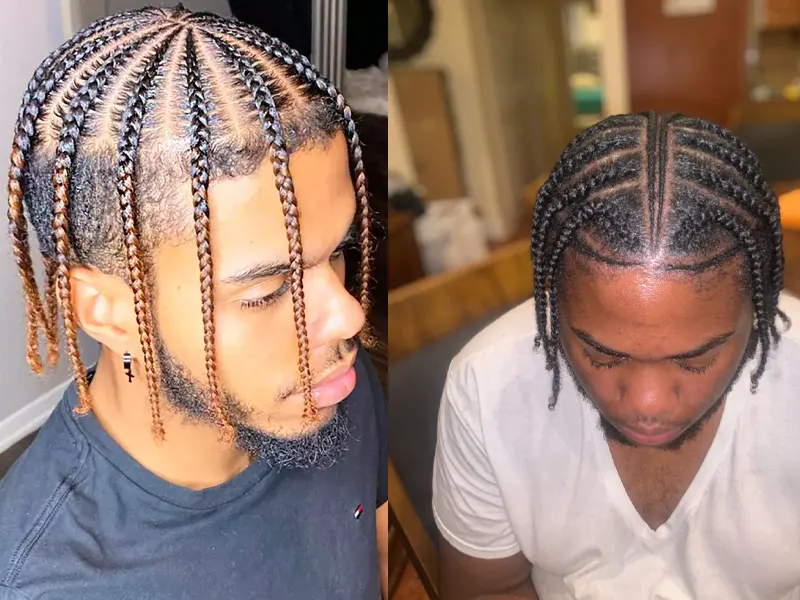 Pop Smoke Braids: An Emblem of Artistry and Legacy
Pop Smoke Braids: An Emblem of Artistry and Legacy 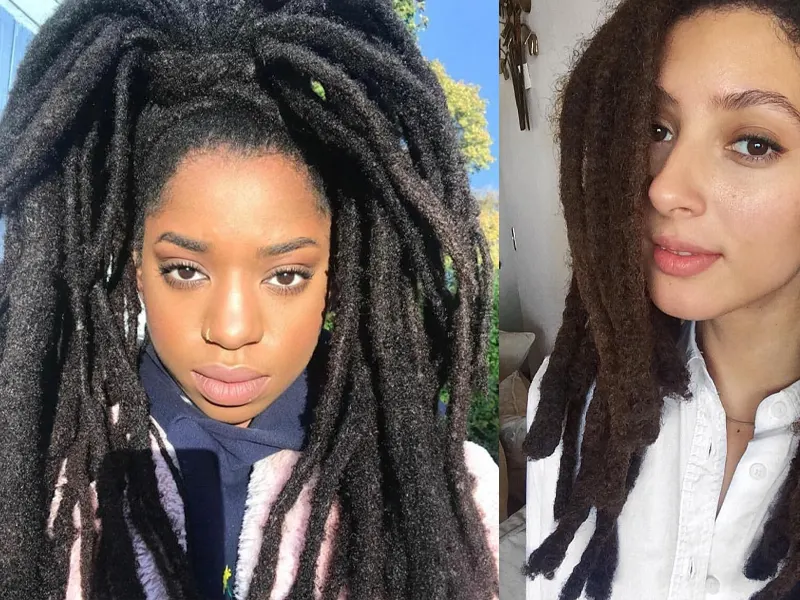 Freeform Dreads: The Natural Journey of Hair
Freeform Dreads: The Natural Journey of Hair 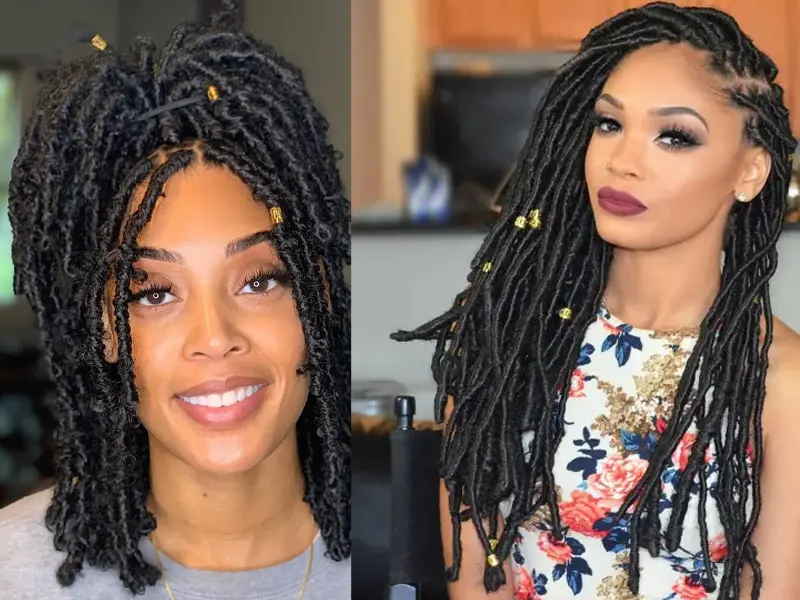 Natural Hair Faux Locs: The Art of Illusion and Expression
Natural Hair Faux Locs: The Art of Illusion and Expression 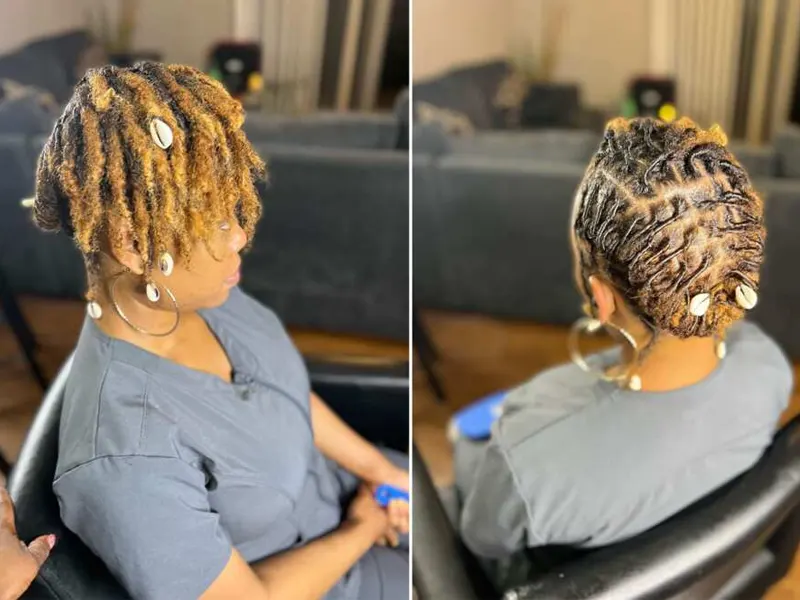 Short Loc Style for the Contemporary Woman-The Modern Muse:
Short Loc Style for the Contemporary Woman-The Modern Muse: